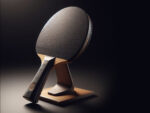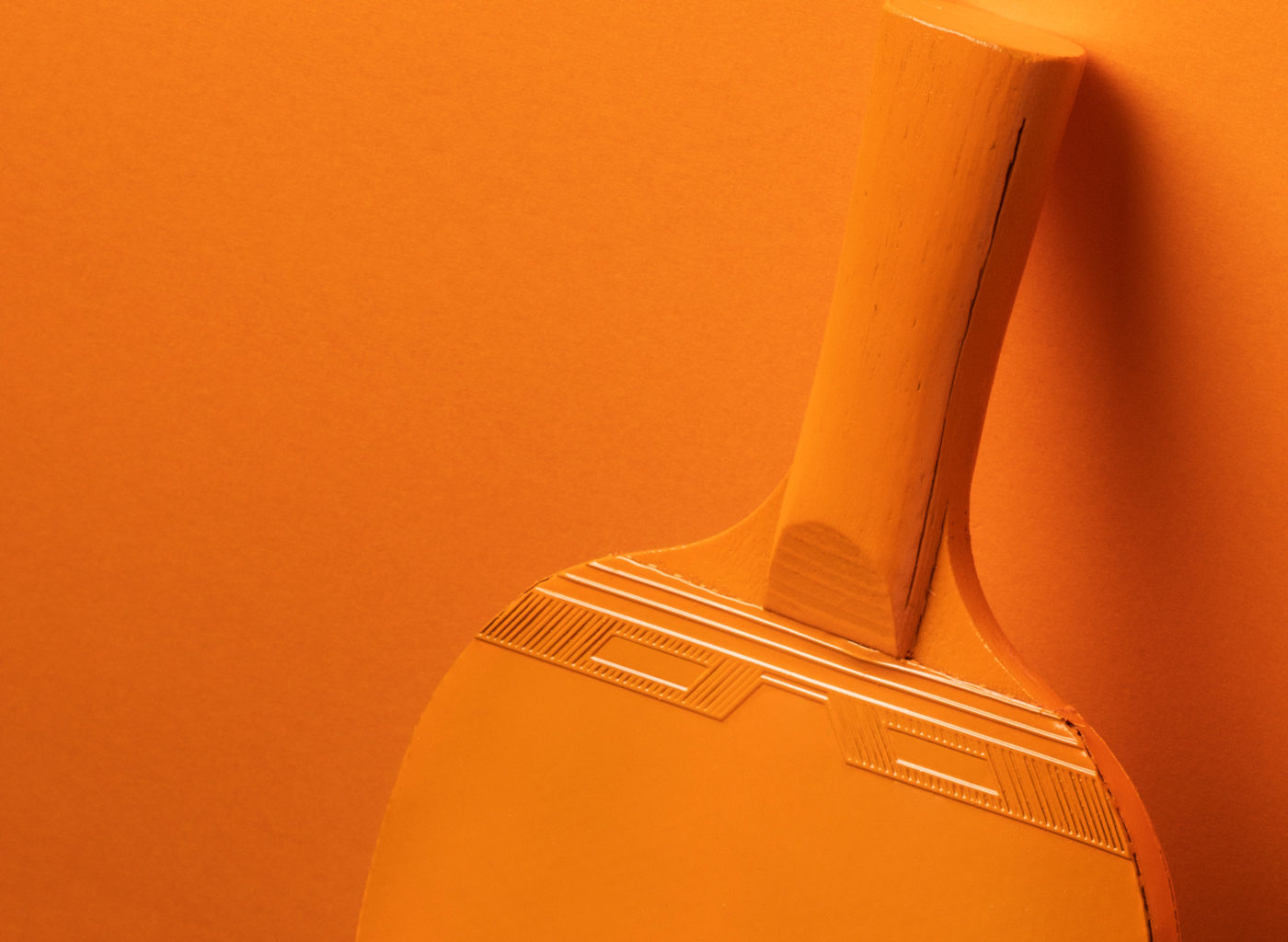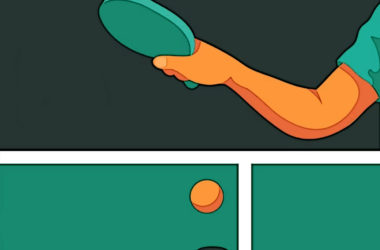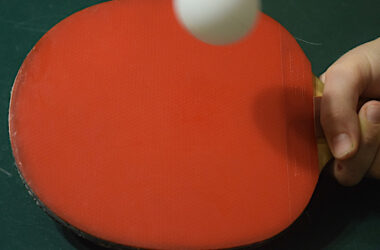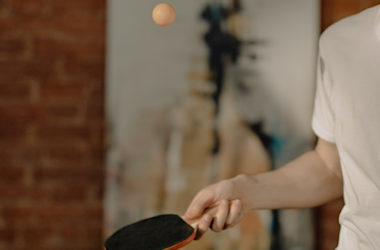

From forehand to backhand
The transition from forehand to backhand in table tennis is an essential skill to be effective in the game.
Here are some tips to help you:
body positioning
First, make sure you have a good basic stance with your feet shoulder-width apart and the weight balanced on both legs. The body should be slightly turned towards the table, so that you can easily swivel from side to side.
Anticipation
Anticipate the side on which you will have to play your backhand according to the trajectory of the ball. Keep your eyes on the ball and mentally prepare to go from forehand to backhand.
Foot movement
When you see the ball coming towards your backhand, start moving your feet to position yourself on the right side of your body (for right-handers). Pivot on your left foot while taking a small step back with your right foot.
Grip of the table tennis racket
Adjust your racquet grip by sliding your hand down the handle for a more closed grip. This will allow you to have more control and ease in your backhand.
Balance and stability
Also, make sure you have good balance and stability during the transition. Keep a low, stable stance, bending your knees slightly, so you’re ready to react quickly to the ball.
Body rotation to go from forehand to backhand
Rotate your body fluidly using primarily your waist and hips. Let your shoulder and arm naturally follow the rotational movement, keeping your muscles relaxed.
Timing and coordination
Then, work on the timing and coordination between your movement, racquet grip and body rotation. In short, the more you practice, the more natural and fluid this transition will become.
Specific training
Finally, regularly practice specific exercises that involve transitions. So, you can work on multiball drills, moving drills, and match drills to improve this skill.
The practice to pass well from the forehand to the backhand
Finally, the key to successfully transitioning from forehand to backhand is regular practice. Familiarize yourself with the adaquate movements. In conclusion, the more you practice and the more you develop your coordination and confidence, the more comfortable you will be making this transition in your table tennis matches.
Featured image: Image by pikisuperstar on Freepik


